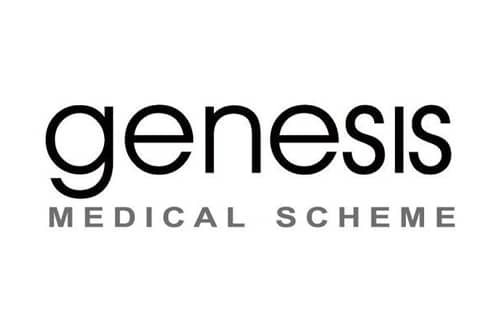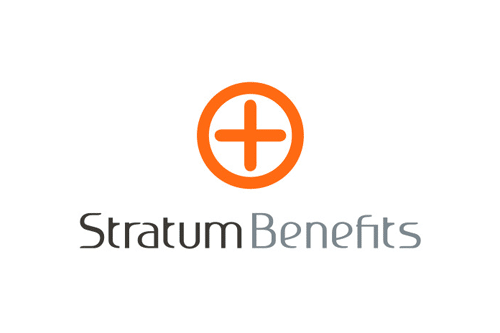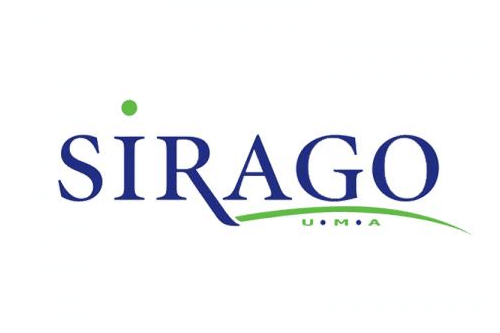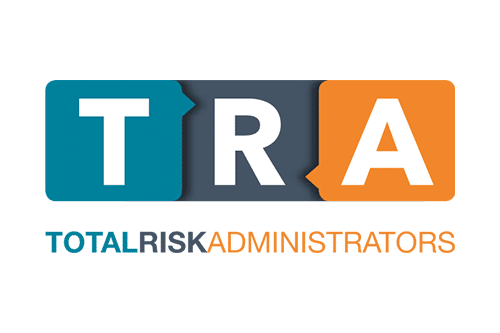Abdominal hysterectomy
Abdominal Hysterectomy: Surgical Procedure and Overview
An abdominal hysterectomy is a surgical procedure involving the removal of the uterus through an incision made in the abdominal wall. This procedure is commonly performed to treat various medical conditions such as uterine fibroids, endometriosis, pelvic organ prolapse, and certain gynecological cancers. It can be performed for both benign and malignant conditions, depending on the patient’s medical history and diagnosis.
Procedure:
Preparation: Before the surgery, the patient is thoroughly evaluated through medical history, physical examination, and possibly imaging tests such as ultrasound or MRI. The surgical team will also conduct necessary preoperative tests to ensure the patient is fit for surgery.
Anesthesia: The patient is administered general anesthesia, which induces a deep sleep-like state and ensures they do not feel any pain during the procedure.
Incision: An incision is made in the abdominal wall, typically horizontally across the lower abdomen (bikini line incision) or vertically from the belly button to the pubic bone. The choice of incision type depends on the patient’s condition, surgeon’s preference, and the extent of the procedure.
Access and Exploration: After making the incision, the surgeon gains access to the abdominal cavity. The surrounding organs are carefully moved aside to expose the uterus and its supporting structures.
Uterine Manipulation: The blood vessels and ligaments that attach the uterus to the surrounding structures are identified, clamped, and ligated (tied off) to prevent excessive bleeding. The surgeon then carefully detaches the uterus from its attachments, including the cervix if necessary.
Removal: Once the uterus is detached, it is lifted out of the abdominal cavity through the incision. In some cases, the ovaries and fallopian tubes may also be removed (salpingo-oophorectomy) if they are diseased or if the patient’s condition requires it.
Closure: After the uterus is removed, the surgeon closes the incision using stitches or sutures. Depending on the incision type and surgeon’s preference, absorbable sutures or staples may be used.
Recovery: The patient is closely monitored in the postoperative recovery area as they wake up from anesthesia. Pain management, wound care, and other measures to prevent complications are provided. The patient may need to stay in the hospital for a few days, depending on their individual recovery progress.
References:
U.S. National Library of Medicine. (2021). Abdominal Hysterectomy. MedlinePlus. Retrieved from https://medlineplus.gov/ency/article/002915.htm
American College of Obstetricians and Gynecologists. (2021). Hysterectomy. ACOG Patient FAQ. Retrieved from https://www.acog.org/patient-resources/faqs/surgery/hysterectomy
Mayo Clinic. (2021). Hysterectomy. Retrieved from https://www.mayoclinic.org/tests-procedures/hysterectomy/about/pac-20384515
Please note that medical procedures and practices may evolve over time, and it’s essential to consult with a qualified healthcare provider for the most up-to-date and accurate information.
Below are 8 well respected Gynaecologist that can assist with an abdominal hysterectomy surgical procedure:

Dr Kwabena Essel
Obstetricians and Gynaecologists
- Email:[email protected]

Dr Natalia Novikova
Gynaecologist and Endoscopic Surgeon
- Phone:076 242 0027
- Email: [email protected]

Dr Emma Bryant
General gynaecologist and gynaecologic oncologist
- Phone:+27 (0)12 346 2634
- Email:[email protected]

Dr Tembisa Tini
Obstetricians and Gynaecologists
- Phone:+27 (0)41 404 0556
- Email:[email protected]

Dr Tim Berios
Obstetricians and Gynaecologists with special INTEREST IN FERTILITY
- Phone:031-582-5053
- Email:[email protected]

Dr Deon Van Zyl
Obstetricians and Gynaecologists
- Phone:021 930 4407
- Email:[email protected]

Dr Mutanda-Musoke
Specialist Obstetricians and Gynaecologists
- Phone:+27 (0) 12 003 4030
- Email:[email protected]

Dr Marlize Lerm
Obstetricians and Gynaecologists
- Phone:021 205 0839
- Email:[email protected]
Medical Aids that cover Abdominal Hysterectomy in South Africa
| 🔎 Provider | ▶️ Covers Abdominal hysterectomy | ⏩ Top Plan Covering Abdominal hysterectomy |
| 🥇 Bestmed | ✅ Yes | Pace 4 |
| 🥈 Bonitas | ✅ Yes | BonComprehensive |
| 🥉 Cape Medical | ✅ Yes | HealthPact Select |
| 🏅 CompCare | ✅ Yes | DYNAMIX |
| 🎖️ Discovery Health | ✅ Yes | Discovery Health Classic Delta Saver |
| 🏆 FedHealth | ✅ Yes | FlexiFED 4 |
| 🥇 Genesis | ✅ Yes | Med 200 PLUS |
| 🥈 Sizwe Hosmed | ✅ Yes | Value |
| 🥉 KeyHealth | ✅ Yes | Equilibrium |
| 🏅 Makoti Medical | ✅ Yes | Comprehensive Option |
| 🎖️ Medihelp | ✅ Yes | MedElite |
| 🏆 Medimed | ✅ Yes | Alpha |
| 🥇 MedShield | ✅ Yes | PremiumPlus |
| 🥈 Momentum | ✅ Yes | Extender |
| 🥉 Suremed | ✅ Yes | Challenger |
| 🏅 Thebemed | ✅ Yes | Fantasy |


































